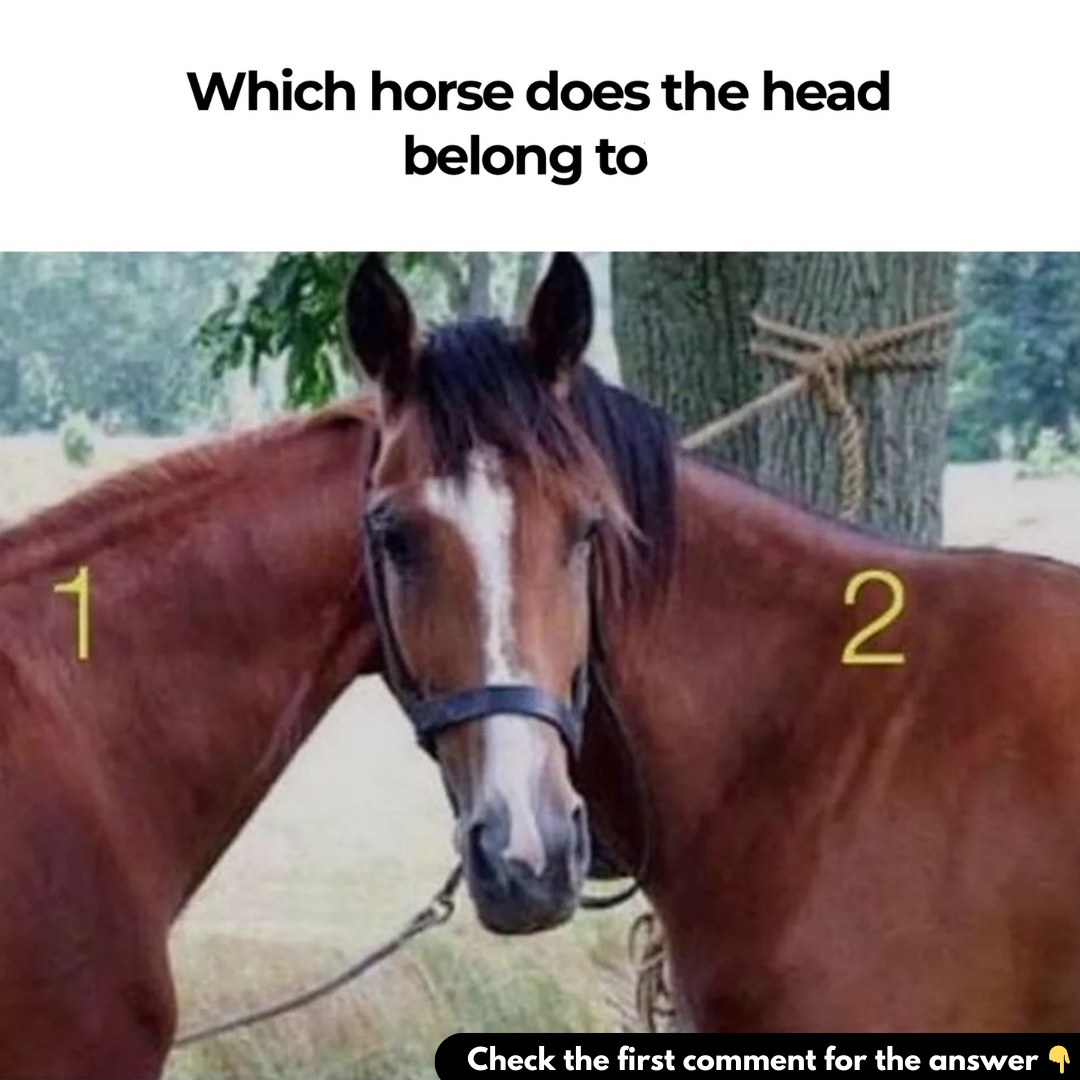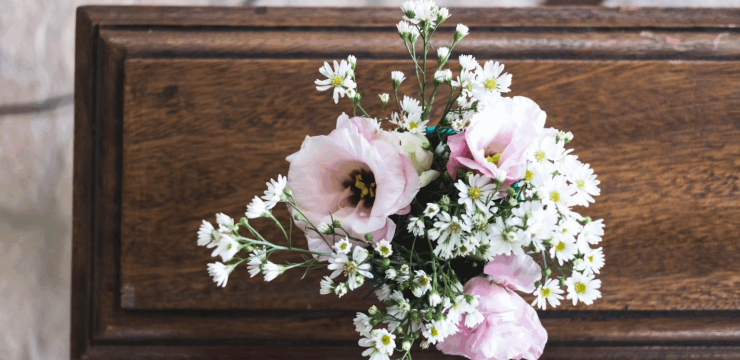Are you ready for a brain teaser that will challenge your observation skills and leave you second-guessing your instincts? This viral optical illusion, featuring two horses, has puzzled countless viewers online. At first glance, identifying which horse is standing in front seems simple—but as you dive deeper, the answer becomes far less obvious.
Let’s break down the puzzle, understand why it’s so tricky, and reveal the subtle clues that lead to the correct answer.

Why Do Optical Illusions Captivate Us?
Optical illusions have fascinated people for centuries. They work by playing tricks on our perception, showing us that our brains don’t always interpret what we see accurately.
But why are these puzzles so compelling?
- They Challenge Perception: Optical illusions force us to look closer and question our assumptions.
- They Spark Curiosity: The moment of realization when you finally see the truth is incredibly satisfying.
- They Train Our Minds: Solving these puzzles sharpens observation, focus, and critical thinking skills.
This horse illusion is no exception. What seems clear at first becomes a puzzle of angles, overlapping shapes, and subtle details.
Common Mistakes People Make with This Puzzle
Before we reveal the answer, let’s highlight a few common mistakes people make when analyzing this illusion:
- Trusting First Impressions: Many people instinctively focus on the horse’s head and make snap judgments without considering the entire image.
- Overlooking Key Details: Subtle hints—like the direction of the mane, reins, and neck alignment—often get ignored.
- Assuming Symmetry: Our brains are wired to expect symmetry, but in this illusion, symmetry can be misleading.
- Overthinking the Puzzle: Sometimes, people search for overly complex answers and miss the straightforward clues.
Step-by-Step Guide to Solving the Horse Illusion
Let’s break down the image systematically and uncover the truth.
Step 1: Look at the Entire Image
Instead of focusing on just the horses’ heads, take in the entire image. Notice how the necks, bodies, and reins are positioned. Pay attention to how the two horses overlap.
Step 2: Focus on the Mane
The mane is one of the clearest clues. Look closely at the flow and direction of the mane—it should naturally align with the horse in front. In this case, the second horse’s mane flows seamlessly into its body, while the first horse’s mane seems partially hidden.
Step 3: Examine the Reins
Follow the reins connected to the bridle of each horse. Which body do they align with? The second horse’s reins are more aligned with its neck and body, suggesting it’s positioned in the foreground.
Step 4: Analyze the Neck Alignment
Look at the neck muscles. The second horse’s neck appears contracted and upright, indicating a forward position. The first horse’s neck looks more relaxed, suggesting it’s further back.
Step 5: Spot the Hidden Clues
Take one final look at the image. There’s a faint but visible portion of the first horse’s face peeking from behind the second horse’s neck. This tiny detail seals the answer.
The Answer Revealed: The Second Horse Is in Front
After careful observation, it’s clear: the second horse is standing in front.
The alignment of the mane, the direction of the reins, and the neck muscles all point to this conclusion. It’s easy to be misled by initial assumptions, but breaking the image down step-by-step reveals the truth.
This illusion is a fantastic reminder of how our perception can be tricked and how tiny details often hold the key to solving complex puzzles.
Why Optical Illusions Are More Than Just Fun
These puzzles aren’t just entertaining—they offer genuine cognitive benefits:
- Improved Observation Skills: You learn to notice small but important details.
- Enhanced Problem-Solving: They teach you to approach challenges from different perspectives.
- Boosted Patience: Solving illusions takes focus and perseverance.
- Stimulated Creativity: You think outside the box to spot hidden patterns.
Whether you’re solving puzzles alone or sharing them with friends and family, optical illusions are a great way to stay mentally sharp while having fun.
Did You Solve It? Share Your Experience!
Now that you know the answer, how did you do? Were you able to identify the second horse as the one in front, or did the illusion trick you? Share this puzzle with your friends and see if they can spot the subtle clues.
Sometimes, all it takes is a fresh pair of eyes to see what’s hidden in plain sight!
The Takeaway: Patience and Observation Win the Day
This two-horse optical illusion is more than just a fun brain teaser—it’s a lesson in patience, focus, and the power of observation. While the answer might not be immediately obvious, taking the time to analyze details carefully reveals the truth.
So the next time you encounter a mind-bending puzzle like this, remember: slow down, look closely, and trust your ability to spot the hidden clues.
Happy puzzling, and may your observation skills continue to sharpen with every challenge!





